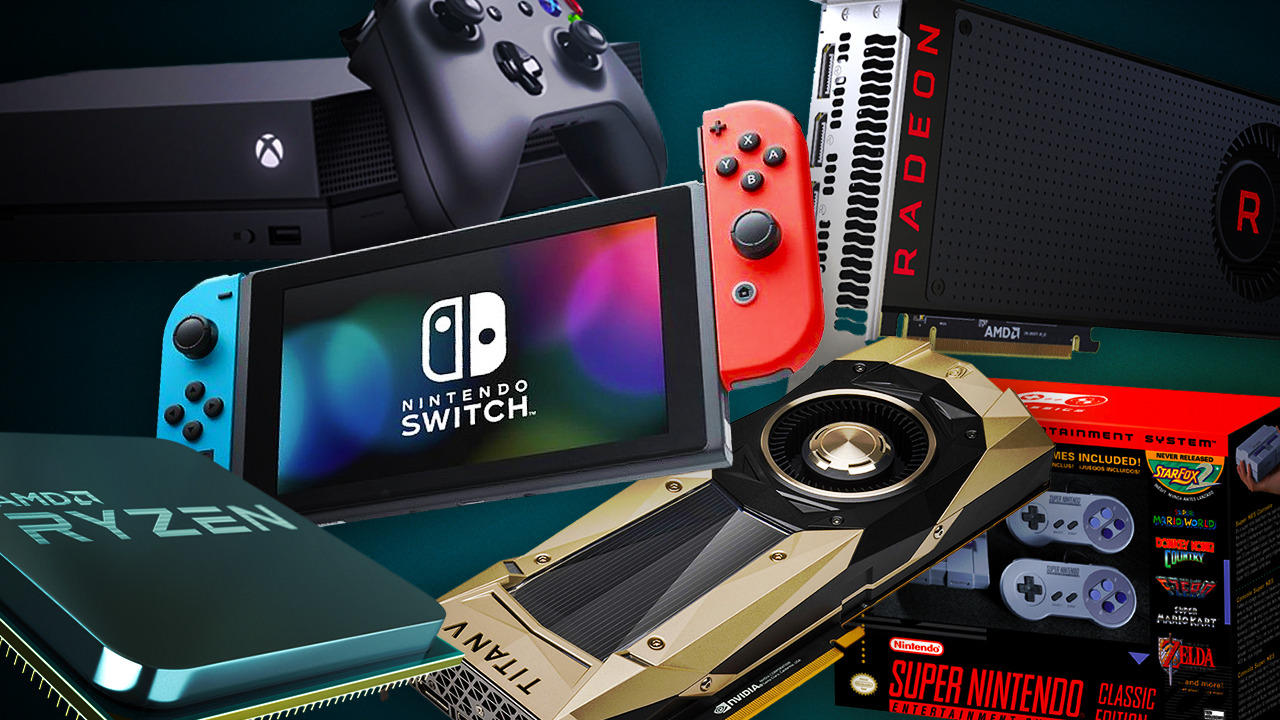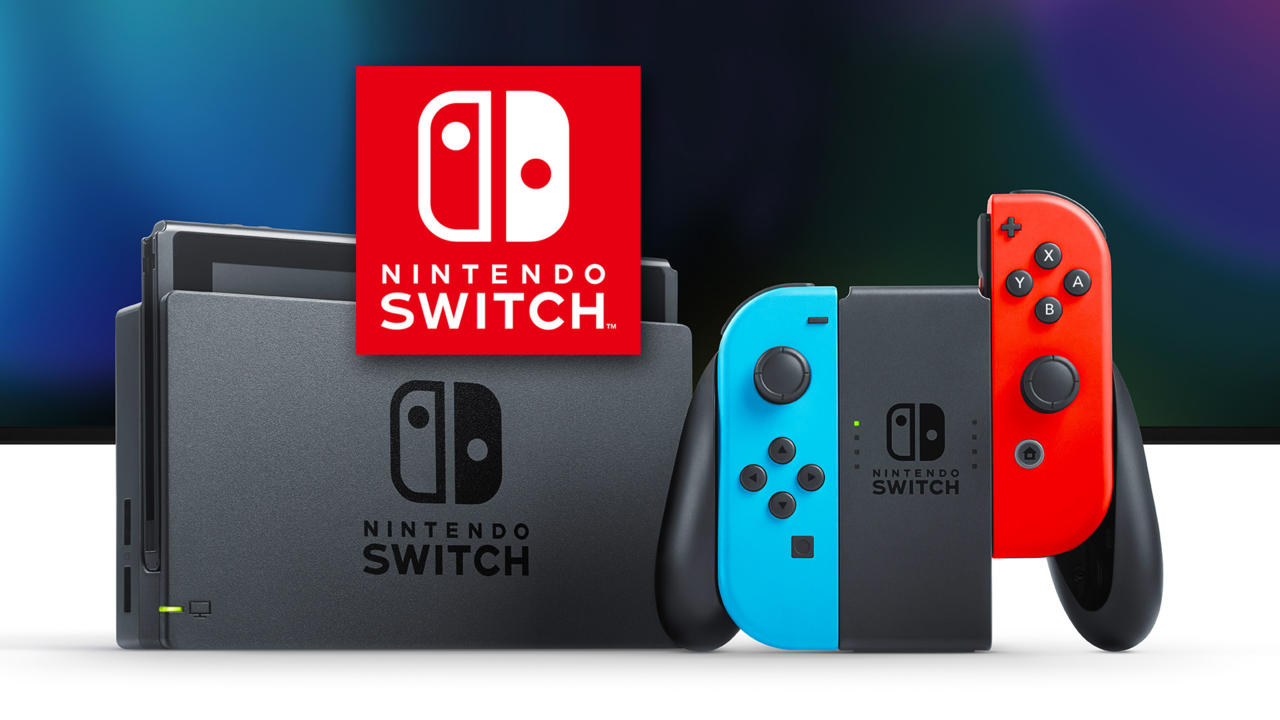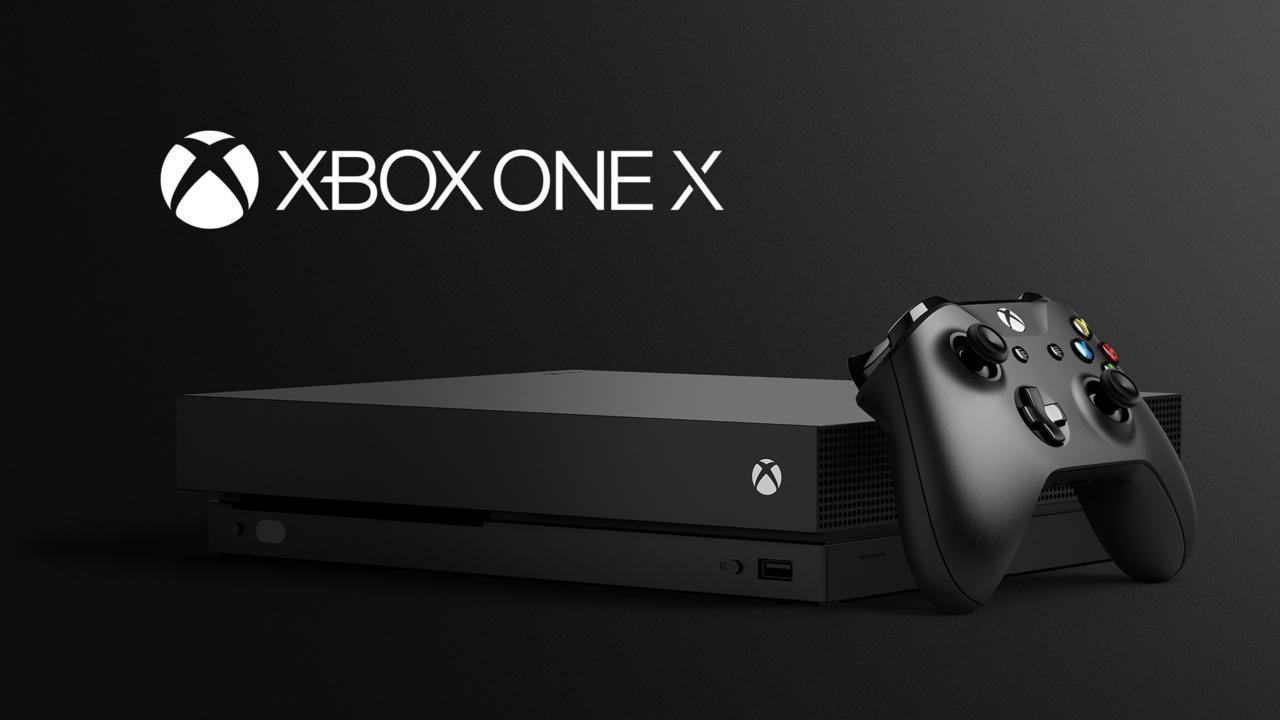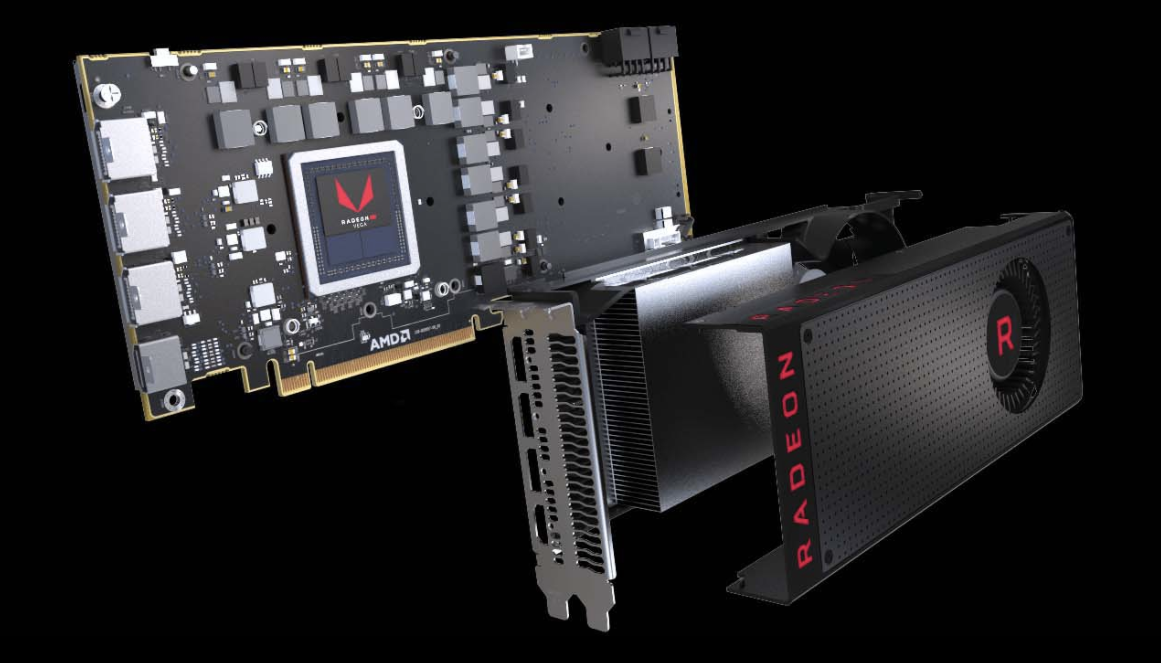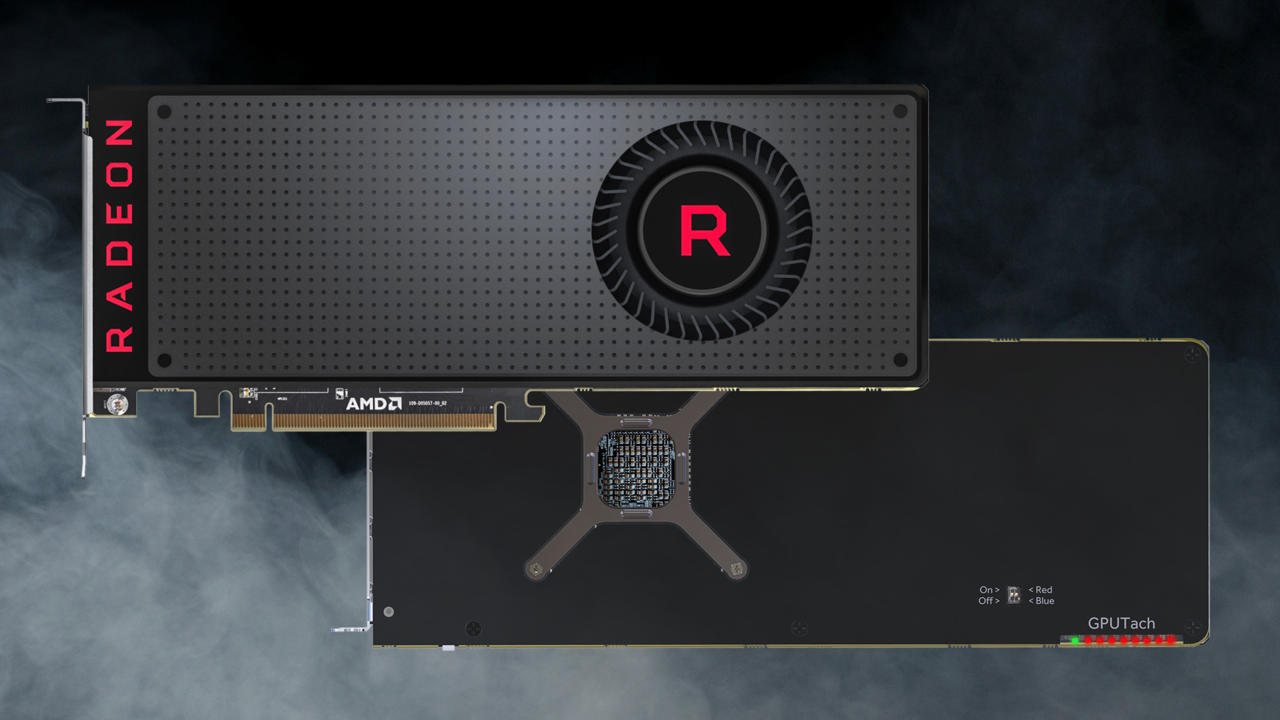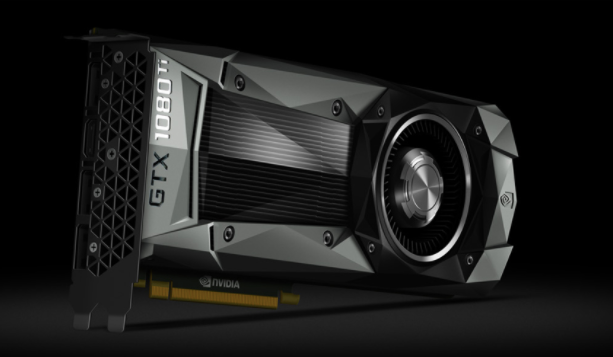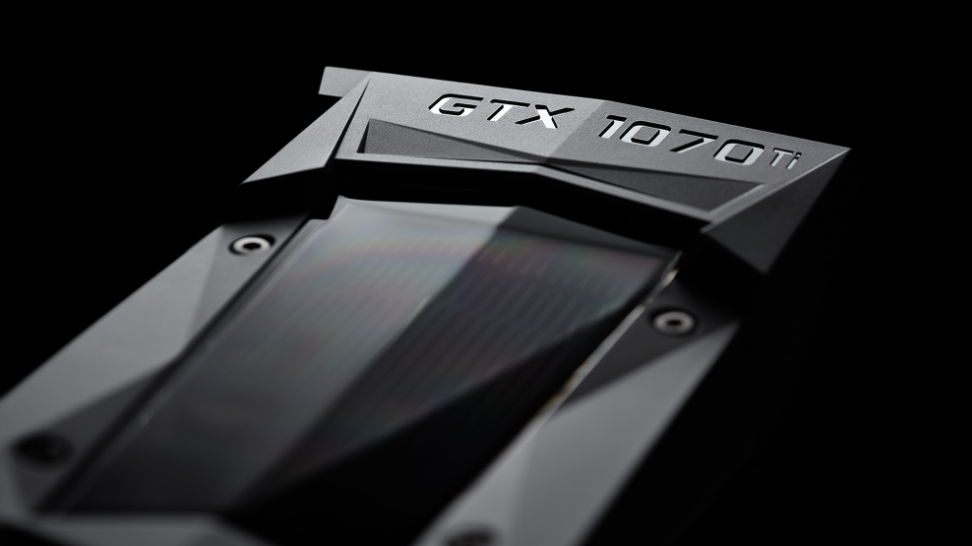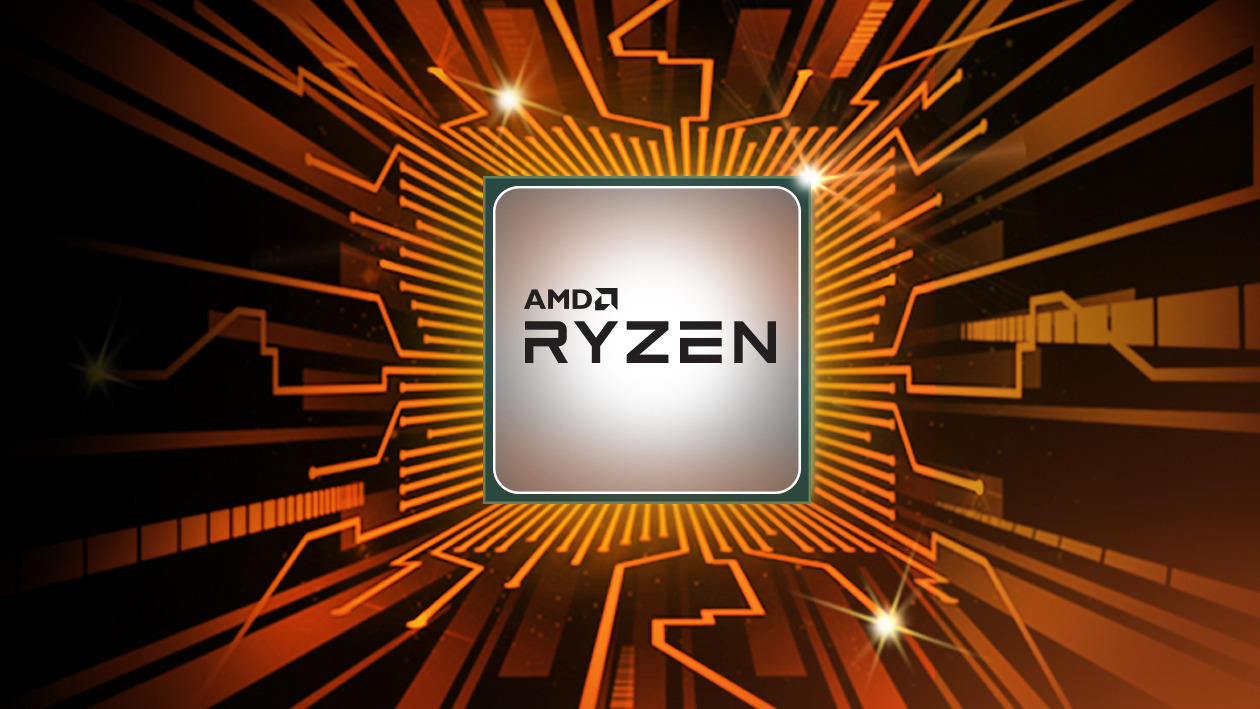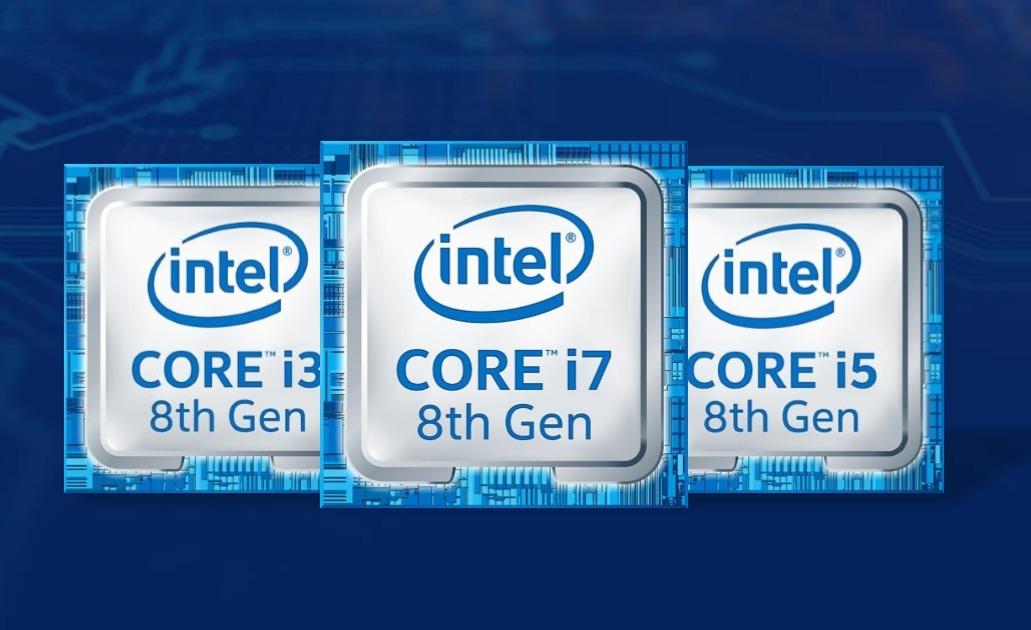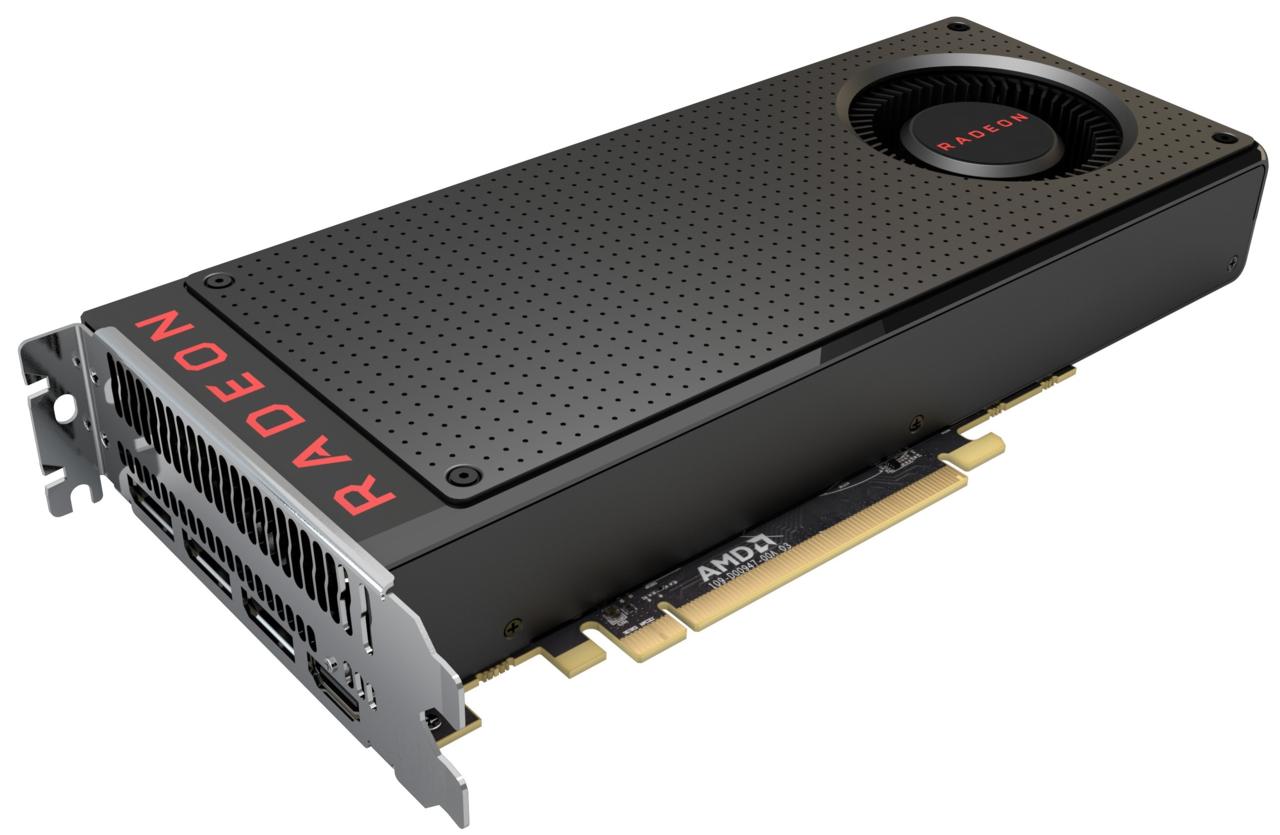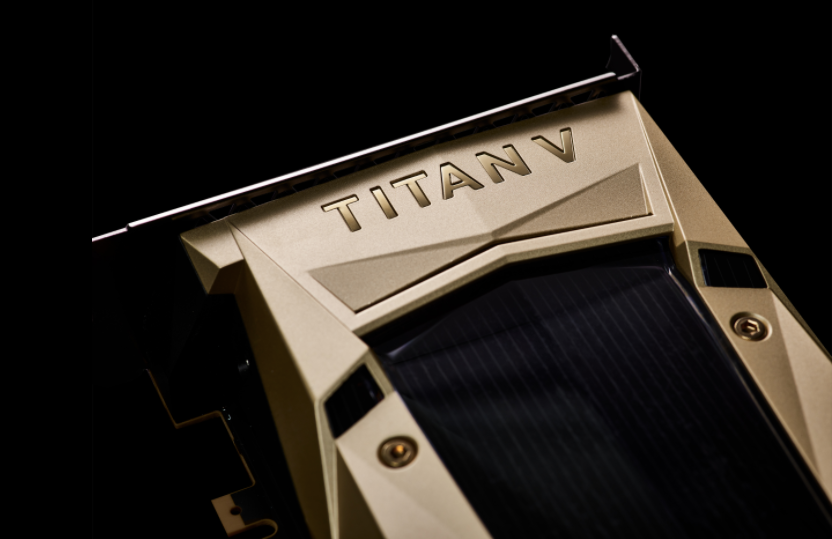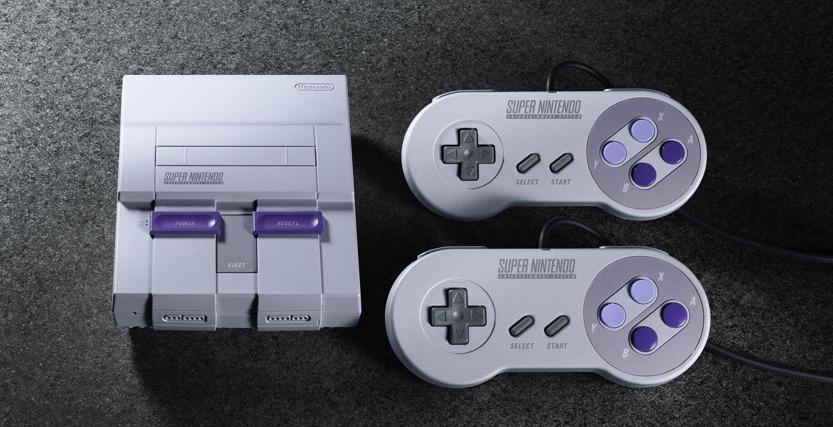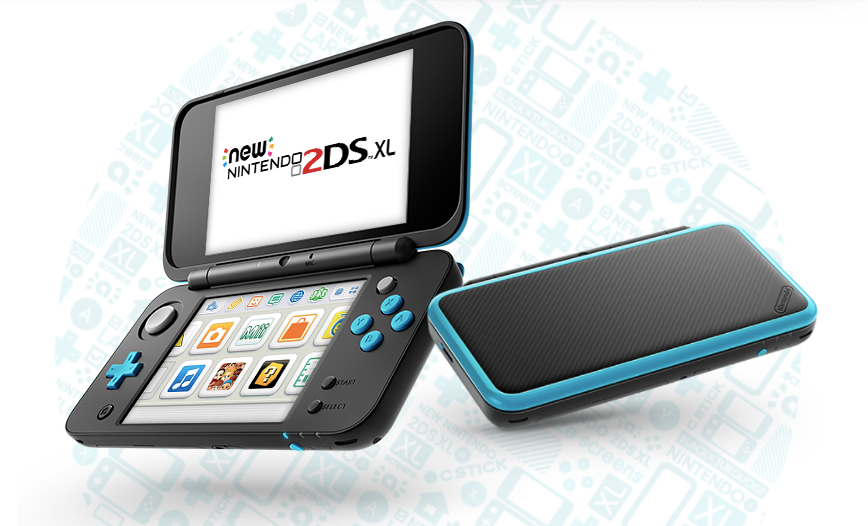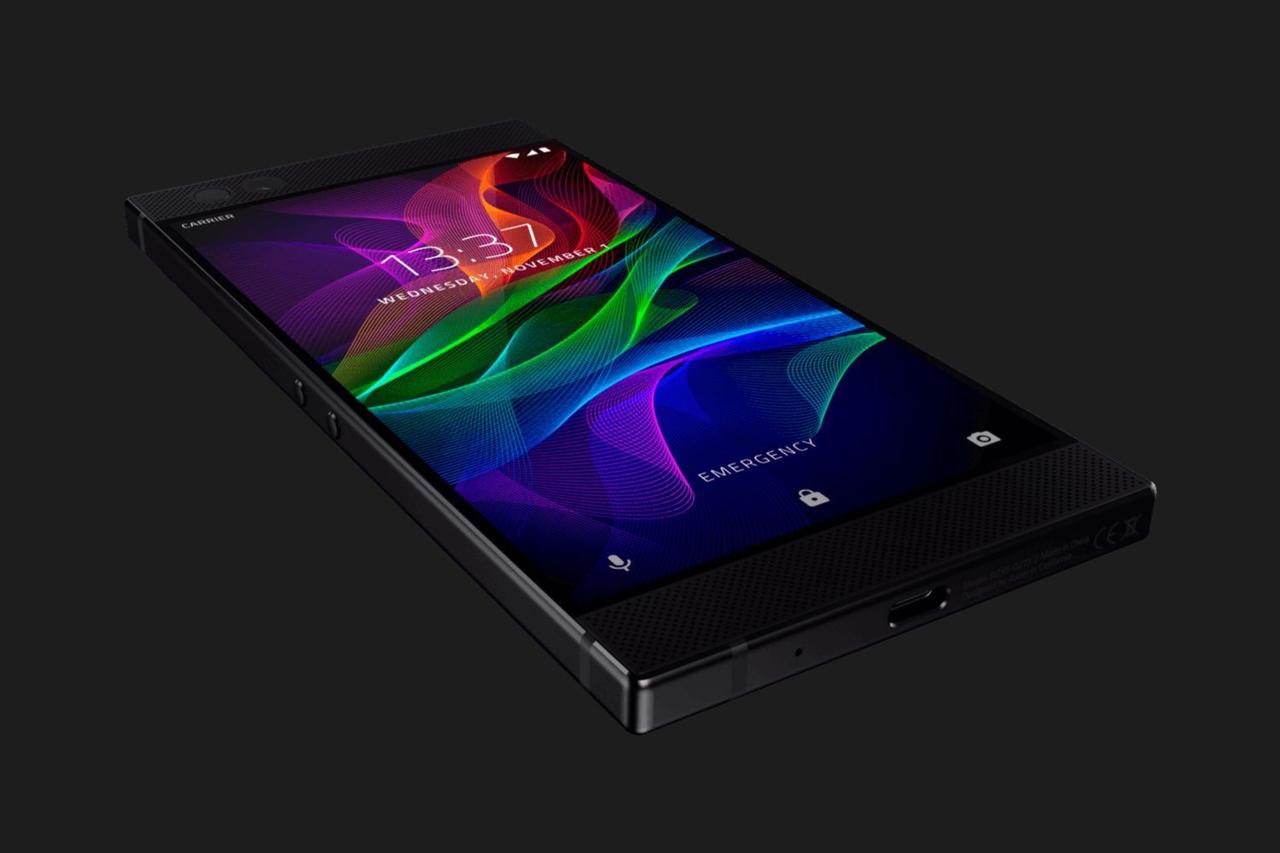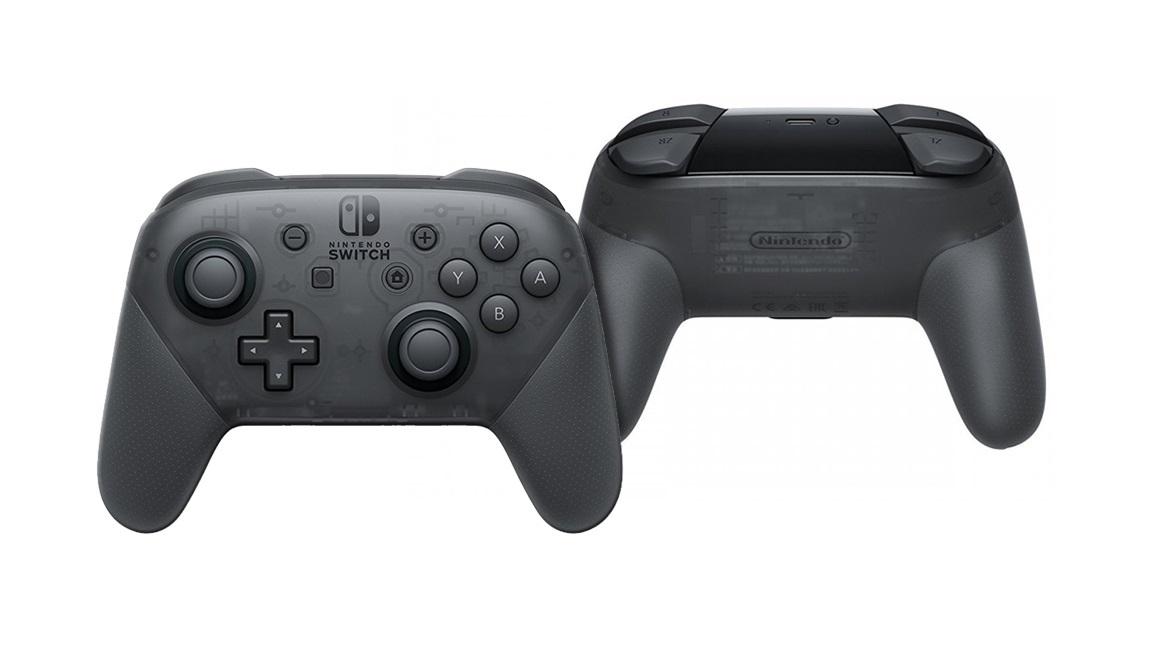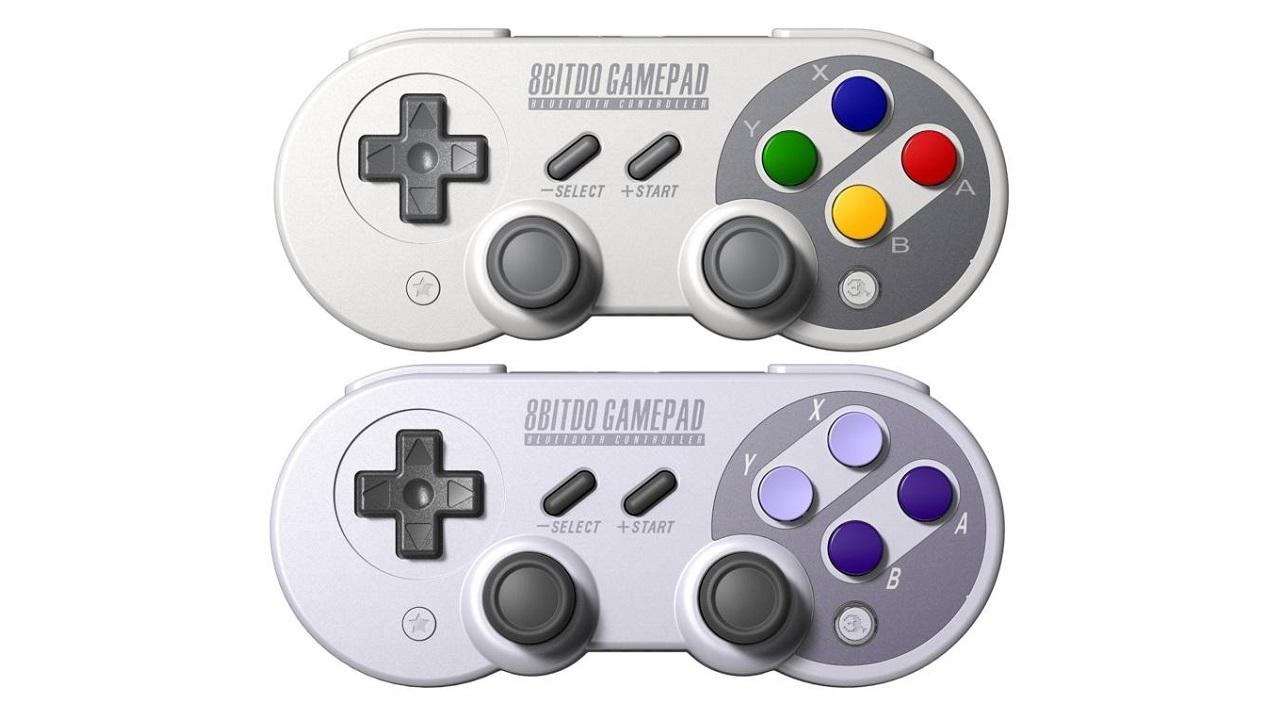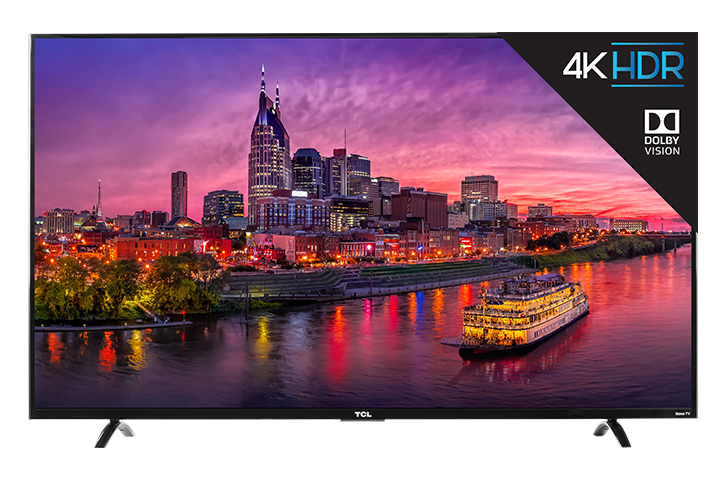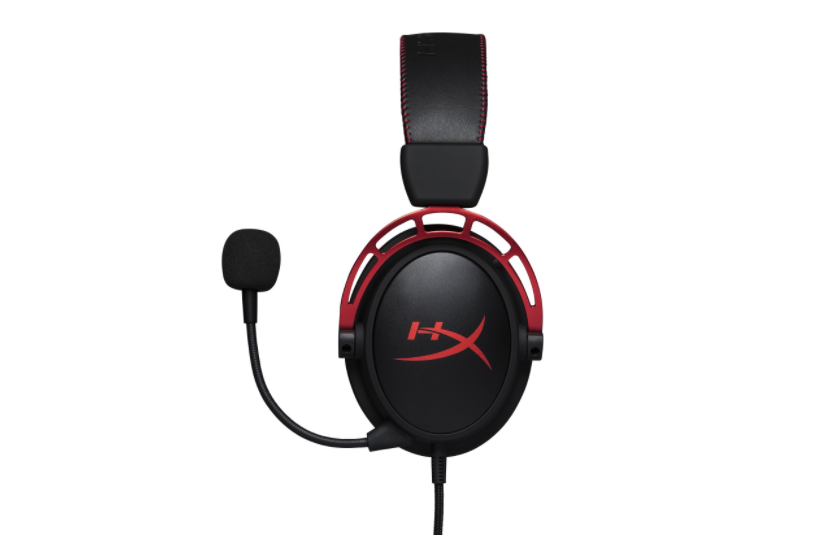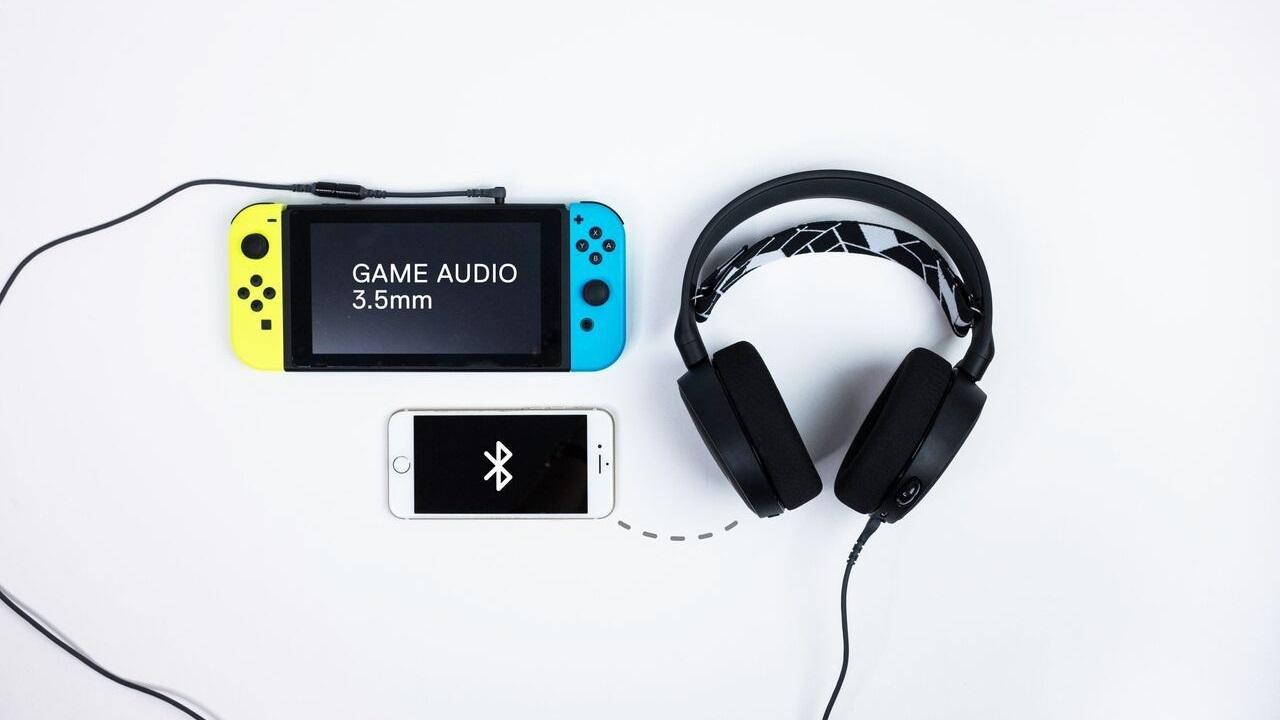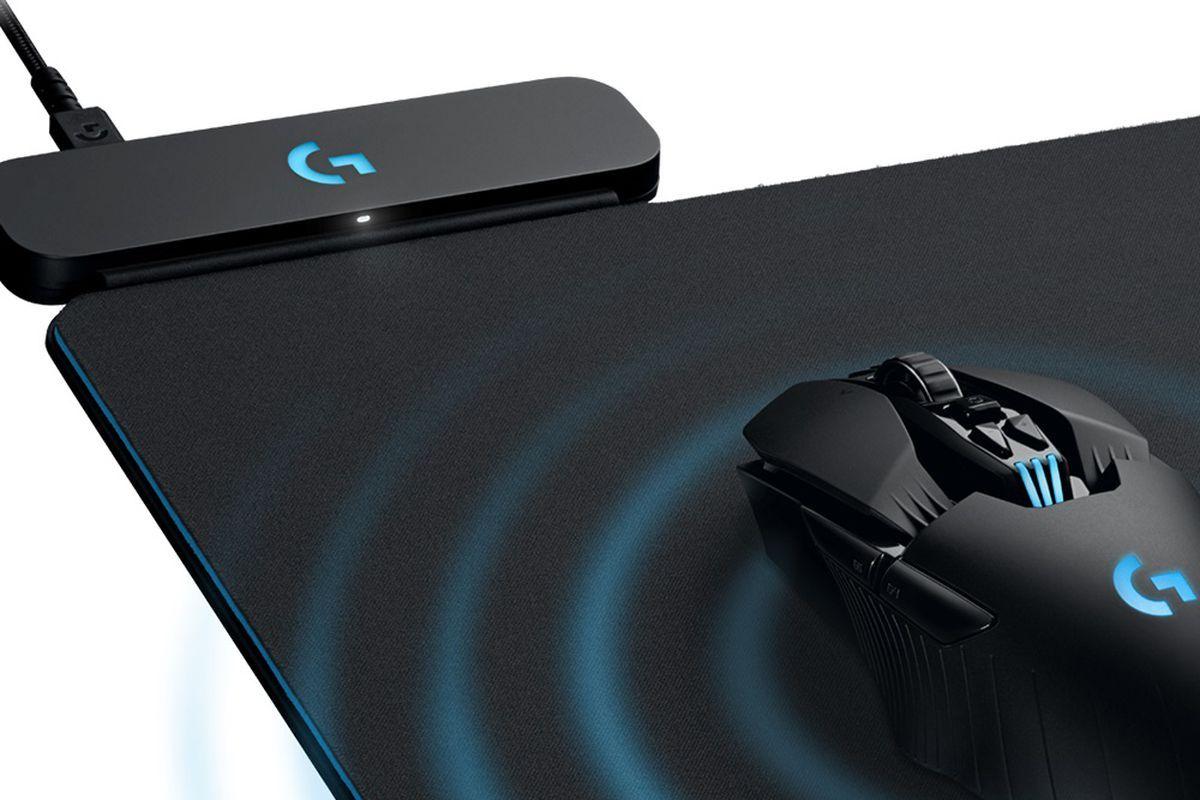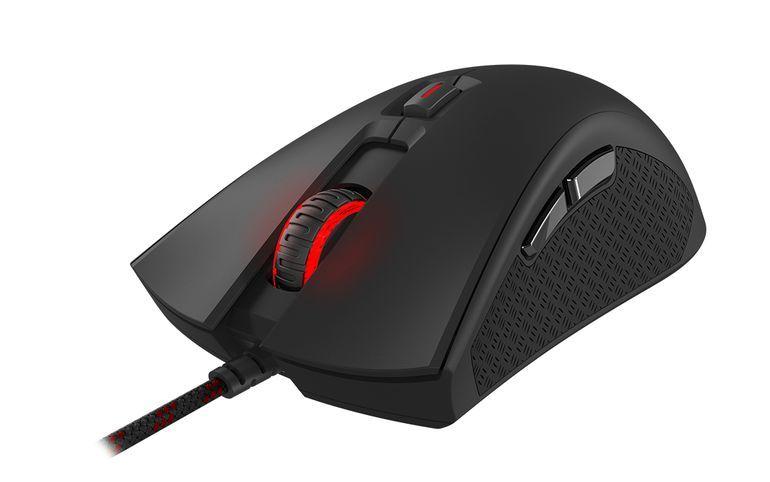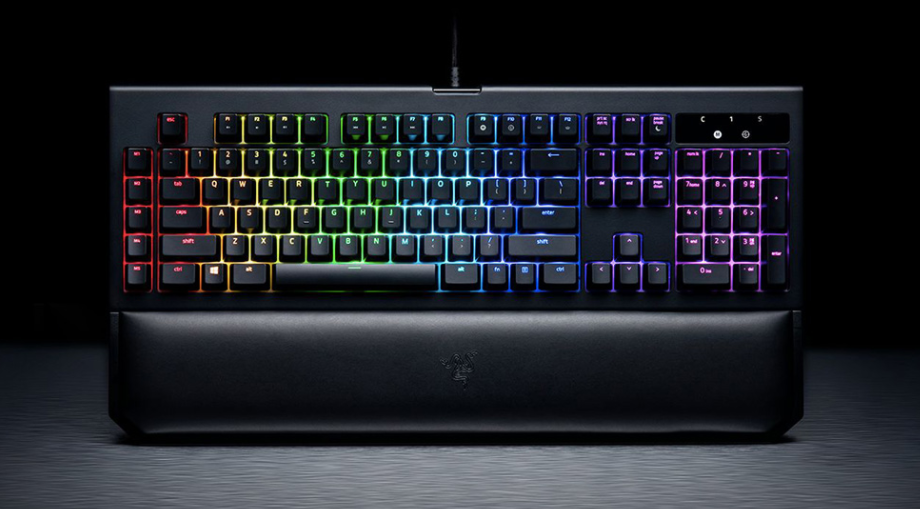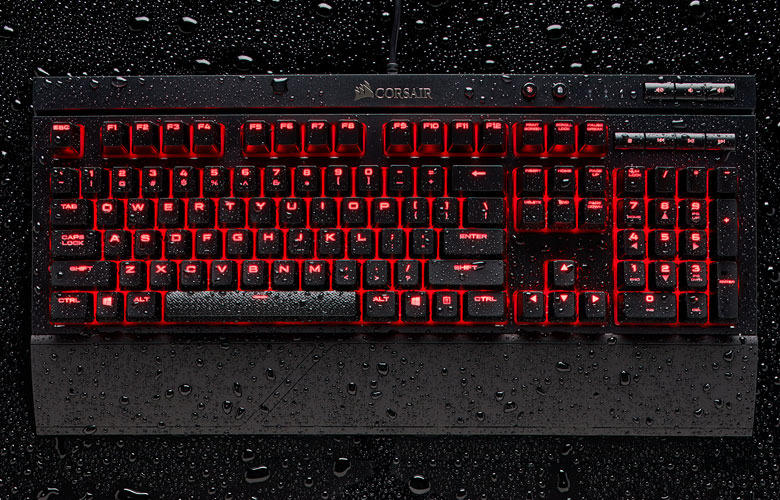Biggest Hardware Releases Of 2017
GameSpot may receive revenue from affiliate and advertising partnerships for sharing this content and from purchases through links.
Looking Back At Gaming Hardware In 2017
2017 will be remembered as one of the greatest years for games, but we shouldn't overlook the achievement in tech and gaming hardware. New consoles changed the way we play; Nintendo let us take our favorite games on the go and Microsoft launched the most powerful console yet. A resurgence of competition in the PC hardware market gave us better performance both in terms of processors and graphics cards. There's a lot to cover, so let's look back at the biggest gaming hardware launches of the year!
We did a lot of reflecting on what 2017 brought us in the gaming world, so help yourself to everything we've covered:
Nintendo Switch
Nintendo took a gamble by going with a novel form factor for its latest console, but the Switch really hit it out of the park. Not only does it function as a traditional console on a TV when it's docked, but taking top-notch games on the go is really something special. While its Tegra-based processor can't hold a candle in performance to other modern consoles like the Xbox One X, Nvidia's mobile chip has more than enough juice to power beautiful games such as The Legend of Zelda: Breath of the Wild and Super Mario Odyssey. There's something truly amazing about being able to play these games on the big screen in the living room and then picking up where you left off 15 minutes later on the bus.
Microsoft Xbox One X
Microsoft's Xbox One X console arrived this year and largely lived up to the hype. While it may be cost-prohibitive for many at $500, it can give a significantly more expensive PC a run for its money in terms of visual fidelity and performance. The souped-up Xbox One features an upgraded 8-core CPU clocked at 2.3GHz coupled 12GB of GDDR5 RAM, and its integrated GPU delivers six teraflops. All those specs translate to higher resolutions and more visual detail; Gears of War 4 and Halo 5 look better than ever running at 4K. Xbox One X enhanced games have specific visual upgrades, but every game and even Xbox 360 get some level of improvement by default.
AMD RX Vega 64
While AMD's RX 500 series cards were great value GPUs, they were aimed more at budget-conscious consumers. AMD inserted itself back into the conversation when it comes to high-end video cards with the RX Vega 64, and finally had an answer to Nvidia's GTX 1080. According to our tests, Vega 64 runs slightly better at 4K than the GTX 1080. The fact that it debuted for $50 less is icing on the cake.
AMD RX Vega 56
If AMD's RX Vega 64 was a response to Nvidia's GTX 1080, then the company's more affordable RX Vega 56 is a response to the GTX 1070. In terms of specs, Vega RX 56 is a toned-down version of Vega 64 before it. Both cards used AMD's new Vega architecture, but the RX 56 features fewer stream processors and texture units, and slightly lower clock speeds across the board. Still, the card is a great 1440p GPU that that bests Nvidia's GTX 1070 in most cases.
Nvidia GeForce GTX 1080 Ti
While the GeForce GTX 1080 was the fastest graphics card we had ever tested when it debuted in 2016, it has since been usurped by the GTX 1080 Ti. It's essentially an upgraded version of the GTX 1080 before it, performing around 30% better in gaming benchmarks. It's still based on a 16nm FinFET production process and is built around Nvidia's Pascal micro-architecture, but it features more CUDA cores, texture units, and video RAM. All of these enhancements make it the fastest GeForce card created thus far.
Nvidia GeForce GTX 1070 Ti
Nvidia's GTX 1070 was hailed as the best mid-to-high range video card when it released in 2016, and AMD gave it a run for its money with the RX Vega 56 this year. But in what seemed like a game of leapfrog, Nvidia released the GTX 1070 Ti afterward. It launched at an MSRP of $450 and stepped up to the Vega 56 in benchmarks that the original GTX 1070 lost in.
AMD Ryzen CPU Series
AMD made a comeback in the CPU space as well when it released the Ryzen series. Ryzen 7 topped the consumer-level options with the 1800X, 1700X, and 1700 models, all of which are 8-core / 16-thread CPUs using the new Zen architecture. The mid-range Ryzen 5 family of CPUs soon followed with 1600X and 1600 that packed six cores and 12 threads. The 1500X and 1400 models offered four cores and eight threads. Ryzen 3 CPUs are great entry level quad-core processors. AMD was able to pair multi-core performance previously reserved for workstation CPUs with unprecedented value.
AMD's Ryzen Threadripper CPUs represent the company's highest-end "prosumer" processors that offer tons of cores. Three SKUs make up the Threadripper line: the 1900X, 1920X, and 1950X, which feature eight, 12, and 16 cores, respectively. While the leading 1950X CPU costs $1,000, it became the first 16-core, 32-thread processor to hit the consumer desktop market and is arguably the best multitasking CPU there is.
Intel Core 8th Generation CPUs
Intel came out strong with their own family of new CPUs. The eighth generation of Core CPUs released in October with the i7-8700K leading the charge. For the first time in the Intel Core lineup, the flagship consumer-level model increased core count, going from four to six cores with multithreading.
Intel gave a boost to the mid-range Core i5 lineup as well going from the traditional four-core setup to a six-core, but without multithreading. Regardless, the i5-8600K and i5-8400 offered high-end performance at an affordable price. With the new Core i3 family, gone are the days of settling for dual-core when you're on a budget now that these cheaper CPUs come with four cores.
AMD RX 500 Series
AMD's RX 580 and 570 GPUs are upgraded versions of the company's RX 480 and 470 graphics cards released in 2016. They both still use AMD's older Polaris micro-architecture but feature a more mature 14nm manufacturing process that allows them to run faster. Both cards serve as good mid-range GPUs that can max out most games at 1080p and 1440p.
Nvidia Titan V
A $3000 GPU isn't something you'd consider for a gaming PC, but the prospect of having the Titan V running every game at 4K and max settings all while staying above 60 FPS is fun to think about. The Titan V was the first Volta-based GPU released to the public, although it's geared towards artificial intelligence and deep learning professionals. It's a technical marvel, but also a small peek into what Nvidia's future Volta GPUs can do.
Nintendo SNES Classic
Nintendo did nostalgia right with the SNES Classic this year, a follow-up to the NES Classic that came before it. This cute rendition of the original SNES packed 21 great games from the console's time in the early- to mid-'90s. Super Mario RPG, Super Metroid, Super Mario World, and Earthbound can be played on modern TVs with ease. Star Fox 2 even had its official release through the SNES Classic.
New Nintendo 2DS XL
If you still haven't had the chance to play some of Nintendo's expansive 3DS library, we highly recommend the New 2DS XL that came out this year. It leaves the 3D capabilities behind like the original 2DS, but and adopts the clamshell chassis and larger screens of the XL systems. It's got a sleek, minimalist design, and packs the enhanced hardware of the "New" 3DS models that some games require. It's Nintendo's best DS system yet, and despite the platform's age, there are still many awesome games to enjoy.
Razer Phone
The Razer Phone might have a mediocre camera, but it features a bunch of cool new tech. For instance, it's the first smartphone to feature a 120Hz variable refresh rate panel, which makes the screen look silky smooth whether you're gaming or just navigating the OS. It also features the best front-facing speakers we've ever heard on a phone. When you add in the fact that it uses top-tier components that include Qualcomm's leading Snapdragon SOC coupled with 8GB of RAM and a large 4,000 milliamp hour battery, you get a great freshman effort from Razer.
Nintendo Switch Pro Controller
The Pro Controller for Nintendo Switch is the best gamepad around for the system. It can be used wirelessly or wired, lasts 40 hours on a full charge, includes motion controls, and is super ergonomic and comfortable. The rubber handles ensure that the controller won't slip out of your hand. The triggers and bumpers feature a nice, tactile feel, and the analog sticks offer much more precision than the Joy-Con.
8bitdo SF30 Pro / SN30 Pro Controllers
Not only are 8bitdo's SF30 Pro and SN30 Pro neat controllers that call back to the Super Famicom/Super Nintendo days, they're fully featured gamepads for the Nintendo Switch, PC, and Android devices. These sport modern touches, such as dual analog sticks, triggers, motion controls, and rumble (but not HD rumble). They even have home and screenshot buttons for Switch users. Both connect via Bluetooth and charge through USB-C. On a full charge, these can last up to 16 hours.
SCUF Infinity 1 (Xbox One) and Infinity 4PS Pro (PS4)
The SCUF Infinity 1 offers a cheaper, quality alternative to the Xbox One Elite controller. SCUF's gamepad has four programmable paddles that can be mapped to any other button, and the customizable analog sticks allow you to fine-tune them to your liking.
For PS4 users, the Infinity 4PS Pro is a refined version of the 4PS that sports two programmable paddles and grippy analog sticks. Both of SCUF's controllers also feature a hair-trigger mechanism that make trigger pulls a bit quicker.
TCL P-Series (55P607) 4K HDR TV
For several years, 4K TVs have been quite expensive, but TCL's 55P607 proved that you could get an excellent, yet affordable 4K TV. In addition to giving you ultra high definition, the TV does HDR, which makes colors more vibrant and lighting more realistic. To top it off, it's a smart TV that comes with Roku support built right in and costs around $600.
HyperX Cloud Alpha Headset
HyperX is relatively new in the gaming peripheral space, but it has carved out a niche with its headsets. The Cloud Alpha released this year and is one of the most ergonomic options with its dense, plush ear cups and leather-bound headband. It also stands out in terms of audio quality; bass booms, high frequencies aren't distorted, and mid tones come out clean. The detachable mic outputs clear voice chat as well.
SteelSeries Arctis 3 Bluetooth Headset
Voice chat has been a tough problem to solve on Nintendo's system, which is what makes the SteelSeries Arctis 3 with Bluetooth a great option for Switch owners. It has the standard 3.5mm connection but can also connect to a second device for voice chat simultaneously through Bluetooth. The Arctis 3 is comfortable, light on the ears, and provides decent sound quality.
Logitech Powerplay Accessories
Logitech has been making strides in creating the best wireless peripherals, but it also did something a little different this year. Powerplay is the wireless charging ecosystem that keeps mice charged. It consists of a charging base (powered via USB) that sits underneath a mousepad and a rechargeable core that snaps into either the G703 or G903 wireless mouse. The core picks up its charge from the base, which means you'll never have to worry about your mouse dying.
HyperX Pulsefire FPS Mouse
For its first shot at a mouse, HyperX was on target with the Pulsefire FPS. It share a similar design to a few competitors, like the Razer Deathadder, but the Pulsefire is light and ergonomic. The rubberized grips on the side make it easy to pick up for those that use a claw grip, and it's hunch is just the right size for those that prefer a palm grip. HyperX also used the high-end Pixart 3310 optical sensor to ensure precise tracking.
Razer Blackwidow V2 Mechanical Keyboard
The Blackwidow is Razer's flagship gaming keyboard, and it had a revision this year. Five macro keys, full RGB backlighting, and a padded palm rest round out the keyboard, but the key here is choosing between three of Razer's own mechanical switches. Each color-coded switch offers a different feel; Green has a loud tactile click, Orange has a tactile bump that's quieter, while Yellow gives you that smooth, linear keystroke.
Corsair K68 Mechanical Keyboard
Corsair's K68 isn't as fancy as many other mechanical keyboards, but it revels in simplicity. The K68 takes on a similar design to the Corsair Strafe, but the K68 has a rubber-like casing underneath the key caps. Not only does it make keystrokes quieter, it prevents spillage from damaging the board itself. We tested this ourselves by hesitantly pouring water on it, and the keyboard performed fine afterwards. The K68 also sports Cherry MX Red linear switches and has red LED backlighting.
